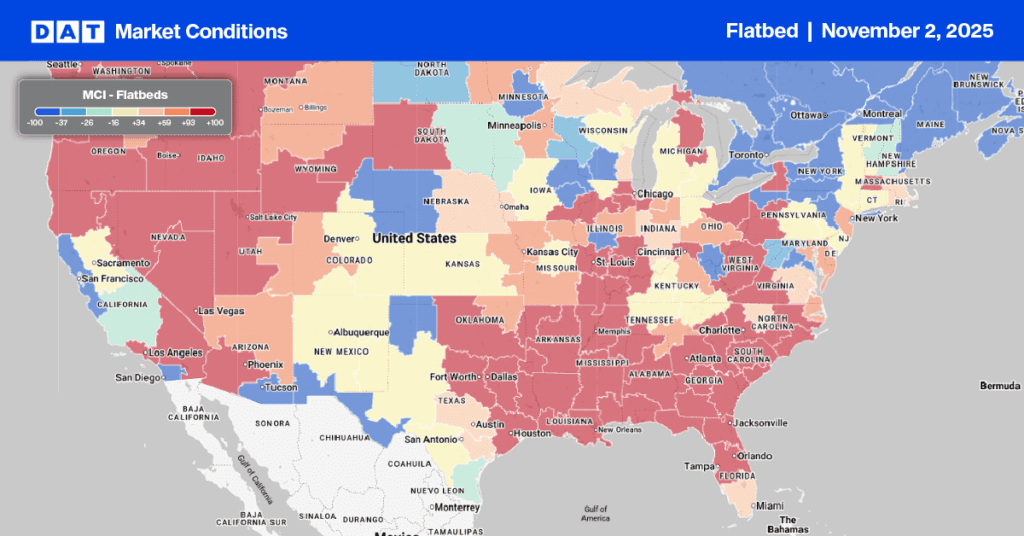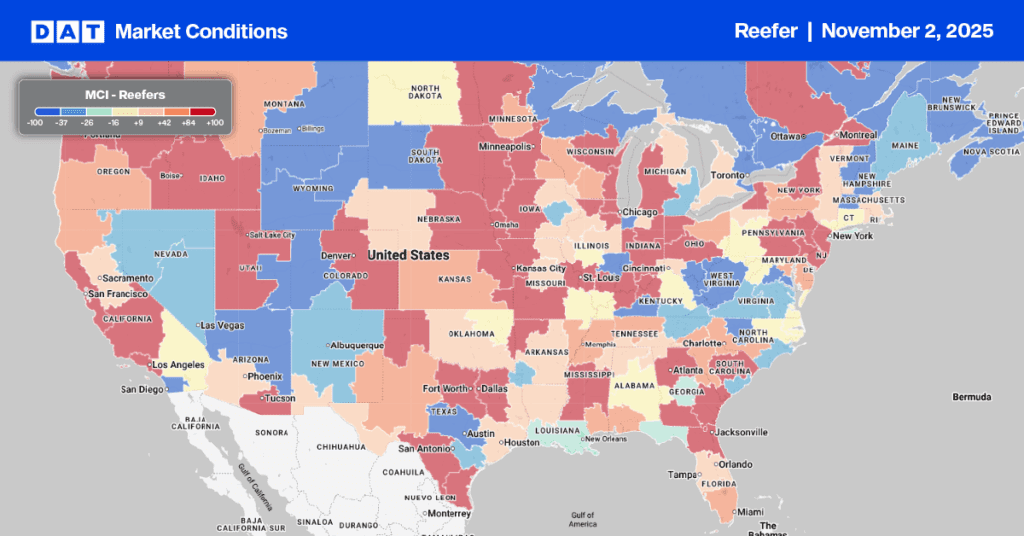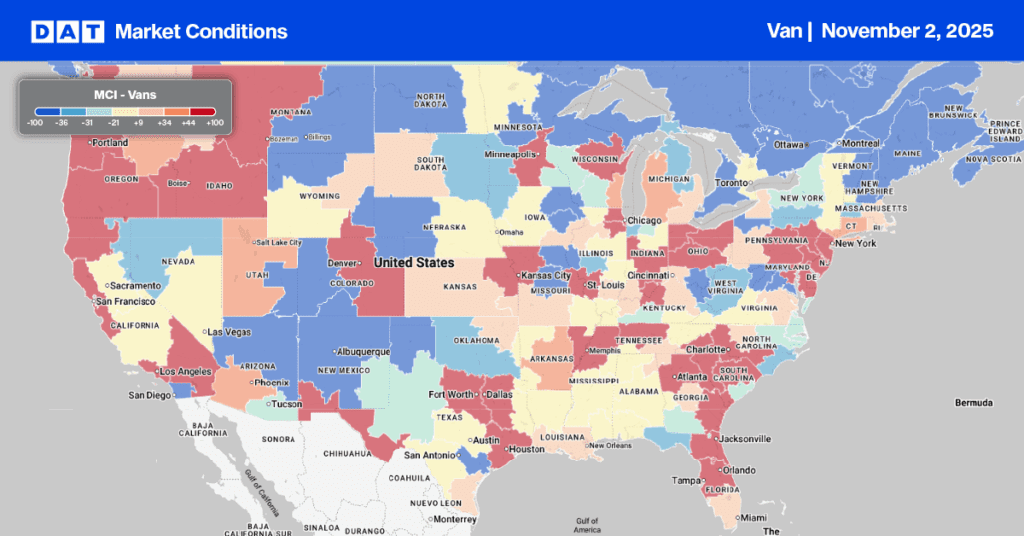The I-40 Hernando de Soto Bridge closed last week due to poor condition. The bridge closure forced the 40,000 daily vehicles — and 12,500 commercial trucks — to find other ways to cross the Mississippi river in the Memphis area.
“All traffic has been deferred to the I-55 bridge until further notice,” says Shannon Newton, Arkansas Trucking Association President. “The I-55 bridge already carries more than 55,000 vehicles a day, 14,000 of them commercial trucks. Using GPS data, we can discern that a previous eight-minute drive is now averaging 84 minutes. This additional transit time at $1.20 a minute for 26,500 trucks is costing the trucking industry more than $2.4 million each day that the bridge is closed.”
The Hernando de Soto bridge closure emphasizes the economic impact of the crumbling infrastructure. The Interstate Highway System turns 65 years old in June, which makes the Biden Administration’s proposed infrastructure plan quite timely. While the interstate system has grown to more than 46,000 miles of highway in its lifetime, it sorely needs repairs.
Get the clearest, most accurate view of the truckload marketplace with data from DAT iQ.
Tune into DAT iQ Live, live on YouTube or LinkedIn, 10am ET every Tuesday.
The costs of (dis)repair
According to the 2021 Infrastructure Report Card from the American Society of Civil Engineers (ASCE), America’s infrastructure scored a C-. It’s the first time the nation received a grade higher than the D range since the survey began in 1988.
The ASCE suggests the nation’s infrastructure is falling apart with more than 40% of the highway system in poor or mediocre condition. To bring it into good repair, the ASCE estimated it would cost nearly $2.6 trillion over 10 years.
The American Transportation Research Institute estimates that traffic congestion creates 1.2 billion hours of delays. From a trucking perspective, the state of disrepair of the nation’s highways and bridges is an additional $75 billion each year.
With about 11.5 million registered large trucks, those delay costs average about $6,500 per truck per year. For higher mileage trucks, delay costs are close to $25,000 per year based on 100,000 annual miles.
The Interstate Highway System is a key component of the U.S. transportation system. While it makes up only 1.2% of highway miles, it handles almost 40% of the nation’s total truck traffic.
This is why President Biden’s $2 trillion infrastructure plan — which includes an additional $621 billion in transportation infrastructure investment — is of so much interest to the trucking industry. The plan includes:
- Allocating $115 billion to rebuild 20,000 miles of highways
- Undertake critical repairs to the 10 most economically important bridges in the country
- Repair 10,000 smaller bridges
The Infrastructure Plan’s impact to the trucking sector
Jason Miller, supply chain economist and professor at Michigan State University, conducted an analysis that ranked the 15 most impacted industries by the $621 billion additional investment in transportation infrastructure, excluding labor.
Based on data from the Bureau of Economic Analysis, Professor Miller noted that truck transportation ranks as the 8th most impacted sector. Much of that impact falls on specialized carriers. Trucking companies would benefit to the tune of an additional $16.3 billion in demand.
New and upgraded roads and bridges will require fabricated steel products, petroleum refining, asphalt, ready mix concrete, steel, machinery and stone mining & quarrying, which translates into a lot of additional truckload freight for carriers to haul in coming years.
Using data from the U.S. Census Bureau and 2017 Commodity Flow Survey to estimate the dollars per ton for various types of freight hauled, we estimate that the additional $16.3 billion in demand will translate into approximately:
- 1.1 million additional loads of plate work and steel alone
- 3.8 million asphalt loads
- 45 million loads for stone mining and quarrying
Truckers often think of their work-year in two seasons — winter and construction. They can expect to see a busier construction season, accompanied by bright orange construction signs and safety cones. But that’s a good thing. It means more jobs and loads.


